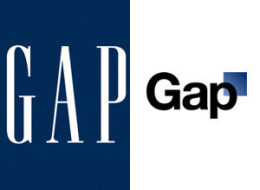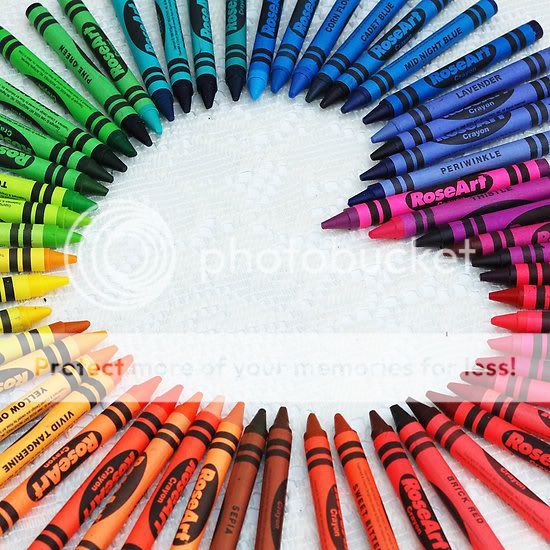Economics and fashion design are two polar opposites. One deals with mathematics, structure, and planning while the other deals with feelings, emotions, inspirations, and ‘going with the flow’. However, it’s interesting to see two subjects that some would consider polar opposites relate so greatly with the other that one can predict and detail so much of the other.
 |
| Alexander McQueen Runway |
It has been theorized that during times of economic flourish, the fashions of women’s skirt length rises as the height of footwear decreases. In relation, during economic hardships, the fashions of skirt lengths would, in opposition, render lower into more conservative lengths as heel heights would elevate to higher heights.
 |
| 12" Heels |
However, it is quite possible that the elevations of the skirts and heels of women’s wear can correlate with the highs and lows of our economy. Looking back, in the 1920s when stock prices were high and the economy was flourishing, the skirt lengths were quite short (compared to its previous lengths). However, in the 1930s when economy becamed submerged in depression, the lengths of women’s skirts fell. In addition, the heels of women’s shoes seem to have elevated, compared to those of the Edwardian period. Later, after the recovery of WWII, skirts began to elevate until the 1980s when the stock market crashed. It was after the recovery from the war that the invention of the mini skirt appeared and it was during the stock market crashed that the elevated heels came more into play. However, after the recovery from the crash of the stock market, which lasted from the late 80s to early 90s, we began to embrace the miniskirts again in the latter half of the 90s. In addition, during the 2000s, the economy fluctuated and drowned as did the fashion industry due to the events of September 11, the rise of the housing market – and later, its downfall – and the war. However, it was during the fall of the housing market, the war, and everything else (set around 2008) that maxi dresses (with the bohemian trend) became the craze. Still recovering from this depression/recession, and as our economy is steadying – as the prices of petroleum has been somewhat steady as of late – the fashions of skirts has risen to midis (as recently seen in collections from designers such as Marc Jacobs, Max Azria, Nicole Miller, Nina Ricci, Oscar de la Renta, and more ) and our heel heights has begun to decrease little by little; for before these recent trends and collections, heel height reached a record high of 12 inches, as demonstrated by Alexander Mcqueen’s 2010 spring collection.
It is also theorized that women’s shoes elevates during economic hardship as a form of fantasy escape from hard times and women’s skirt lowers to achieve a sense of security.
photos taken from Alexander McQueen collection






















